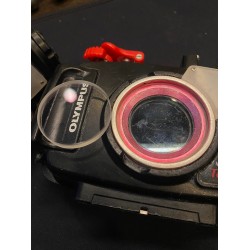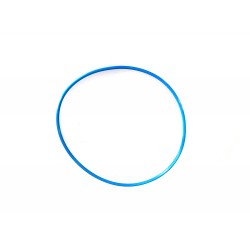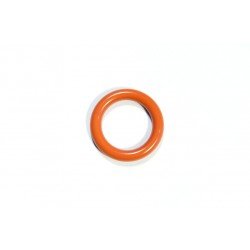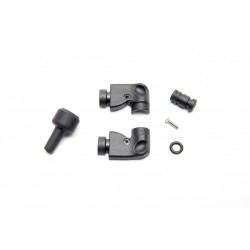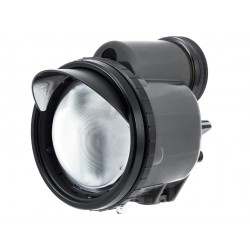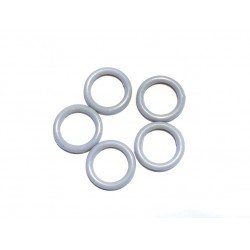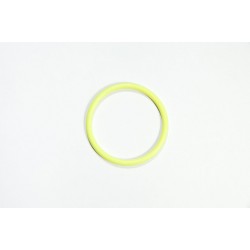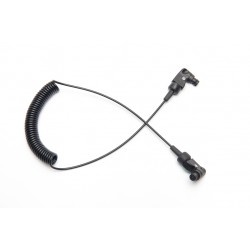
如何挑選水中微距鏡
超級微距(Supermacro)的定義: 拍攝影像放大率超過1:1 , 一般鏡頭只能達成1:1, 要大於1:1得靠外接配件, 有五種配件可以達成 Supermacro:
(1) 增倍鏡 (teleconverters),
(2) 近攝接寫環 (extension tubes)[2],
(3) 內接微距鏡 (internal dioptres, 在防水盒內使用),
(4) 外接微距鏡 (external dioptres, 在防水盒外使用),
(5) 倒轉鏡頭 (reversed lenses)[3].
客觀地來說, 每種方法都有優缺點, 所以要達到較好的效果通常要混合多種方法.
外接微距鏡(External dioptres)在水底攝影會較受到歡迎, 主要是因為可以在水底方便的拆卸與增減. 而微距鏡好不好, 主要是看三個指標:
(1) 放大倍率 (magnification power),
(2) 銳利度 (sharpness, 畫面上中心點到邊緣)
(3) 光學色像差 (optical aberrations, 特別是在邊緣部分).
FIT微距鏡, 經由知名水中攝影大師Dr. Alex Mustard的測試並在UWP雜誌第59期[1]發表評論, 他說了: “FIT+5與+8兩個微距鏡, 因為使用了低色散鏡片與兩枚一群的結構組合, 這些特色可改善邊緣銳利度與減少色像差, 在這兩者, FIT微距鏡的效果非常好, 不管我對焦點在畫面的任一處, 其產生的銳利影像令人印象深刻, 在畫面周圍的細節也被充分的呈現, 我也非常滿意其色像差的處理, 因為有一些微距鏡會有很明顯的色像差.”
(原文: The two FIT dioptres I tested are achromatic and dual element. These features typically improve edge sharpness and reduce chromatic aberrations. In both respects the FIT dioptres performed very well. They produced impressive sharpness wherever I focused in the frame and details towards the corners were also pleasingly free from the colour fringing that some dioptres suffer badly from.)
所以在選購微距鏡上, 不可以單純只看放大倍率, 在數位後製很便利的今天 (裁切即可輕鬆達成放大效果), 反而銳利度與色像差才是一個好鏡頭的要點, 因為這兩點是數位後製很難消除的, 尤其是色像差與影像失真(Distortion)[5], 如紫光邊緣效應(Purple fringing).
觀看實際拍攝照片, 可注意整個畫面中心物體是否過份被放大, 且刻意把邊緣抹去, 代表這鏡頭只注重放大率, 而不敢讓人知道邊緣效果. 許多鏡頭只標榜放大功能, 而不敢提及邊緣色像差. 這也就是為什麼許多大廠鏡頭要推ED鏡與L鏡, 因為加入了超低色散鏡片(Extra Low Distortion lens), 可以讓影像的失真問題大幅縮小.
回到 Dr. Alex Mustard在UWP的結論, 他認為: “FIT的微距鏡做工精良且可符合大多數鏡頭罩的尺寸(67mm), 價錢(USD $150~$200)與其他廠牌如SubSea與Inon較有競爭力, 但比Macromate(USD $600)便宜許多. 影像的畫質令人印象深刻, 尤其是在中心到邊緣都有絕佳的銳利度, 且色像差也被控制得很好. 在使用上也非常便利, 可單獨使用或疊加在防水盒外, 可被視為中放大率的微距鏡, 假如希望達到更高的放大倍率, 也可將FIT微距鏡內接在防水盒內, 就可以達到更高的放大倍率. 可隨時視需要將鏡頭外接或內接, 對時常旅行的攝影師是很方便的功能”
(原文: In summary the FIT dioptres are well-made and easy to fit to ports or holders with 67mm threads. Their price (in the order of $150-200 USD) is comparable to most other options, (e.g. SubSea, Inon) and is considerably cheaper than the Macromate ($600 USD). Image quality is impressive, with excellent sharpness both in the centre of the frame and towards the edges. Chromatic aberration is also well controlled. They can be used singly, or stacked together. If used outside the housing, they should be considered medium strength dioptres, but if we choose to mount them inside the housing the same dioptre will give more magnification. Having two power options from the same dioptre (inside or outside the housing) is a useful feature for the travelling photographer.)
[參考資料]
1.UWP雜誌第59期, Field Review: FIT Close Up Lenses. By Dr. Alex Mustard, http://www.uwpmag.com/
2.秘技 的 Zenit SLR - 「倒轉鏡頭」變微距 (A Reverse Lens Technique With the Zenit SLR) - Lomography http://www.lomographyasia.com/magazine/tipster/2010/11/02/a-reverse-lens-technique-with-the-zenit-slr
3.Marrs 的新玩具 - Canon EF25 II 近攝接寫環 - Marrs 的部落格 - 更多一點攝影及運動 - Yahoo!奇摩部落格 http://tw.myblog.yahoo.com/marrs2020/article?mid=4&prev=12&next=-1
4.Distortion, http://en.wikipedia.org/wiki/Distortion_(optics)
5.攝影家手 - 札色像差與動態範圍問題, http://www.digital.idv.tw/digital/classroom/mroh-class/oh78/index-78.htm
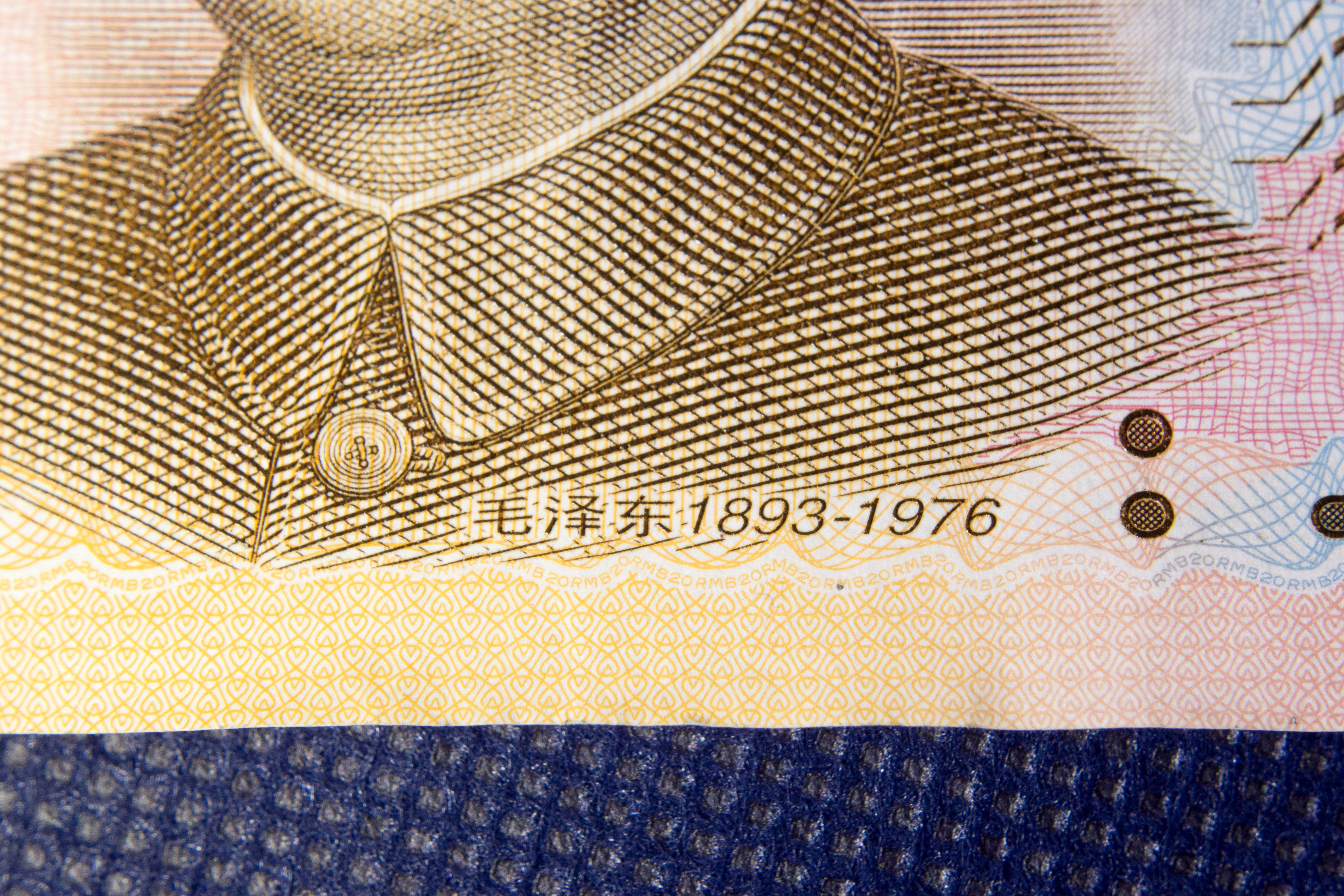 Sony RX100 II 搭配 F.I.T. +10 拍攝出來的放大效果
Sony RX100 II 搭配 F.I.T. +10 拍攝出來的放大效果

